Place of origin Mediterranean Basin | Main ingredients Green durum wheat | |
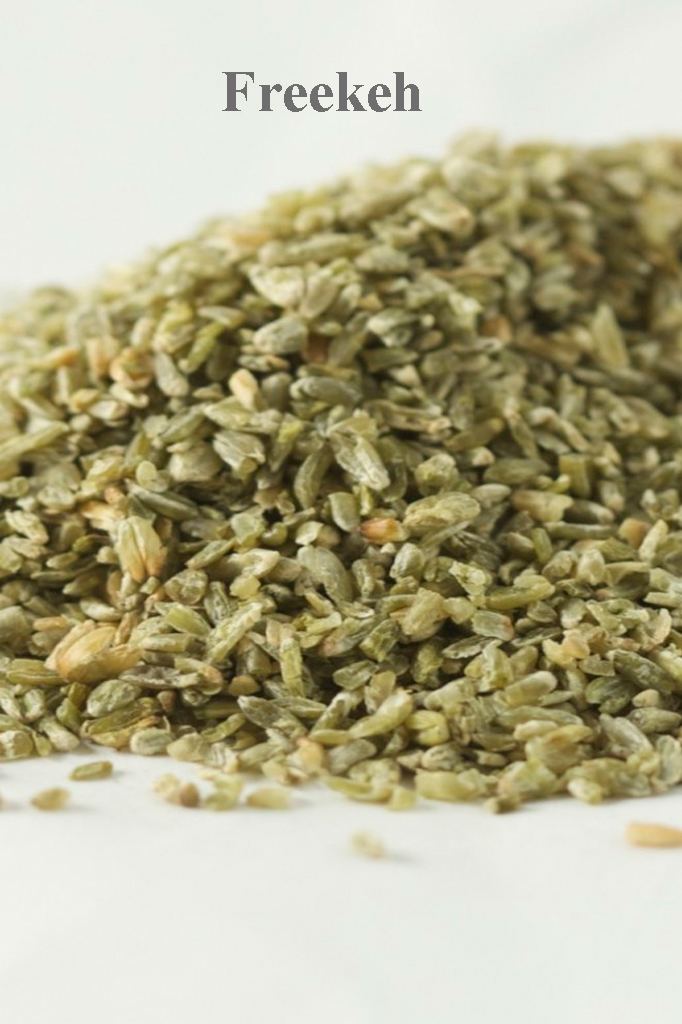 | ||
Similar Bulgur, Farro, Fatteh, Pilaf, Za'atar | ||
Freek or freekeh the green wheat dish
Freekeh (sometimes spelled frikeh) or farik (Arabic: فريكة / ALA-LC: farīkah) (pronounced free-kah) is a cereal food made from green durum wheat (Triticum turgidum var. durum) that is roasted and rubbed to create its unique flavor. It is an ancient dish derived from Levantine and North African cuisines, remaining popular in many countries of the eastern Mediterranean Basin where durum wheat originated.
Contents
- Freek or freekeh the green wheat dish
- Freekeh stuffed chicken the egyptian national dish recipe 135
- History
- Culinary
- Nutritional value
- References
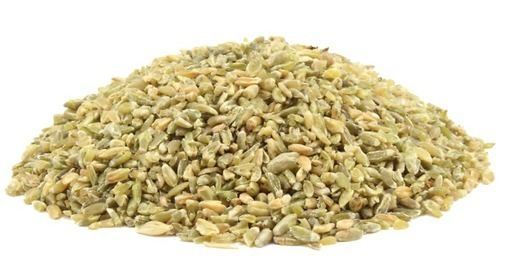
The wheat is harvested while the grains are yellow and the seeds still are soft; it then is piled and sun-dried. The piles are carefully set on fire so only the straw and chaff burn, not the seeds. In these controlled conditions, the high moisture content of the seeds prevents them from burning. Next, the roasted wheat is subjected to threshing and sun-drying to make the flavor, texture, and color uniform. This threshing or rubbing process of the grains gives this food its name, farīk or “rubbed”. Finally, the seeds are cracked into smaller pieces so they resemble a green bulgur.
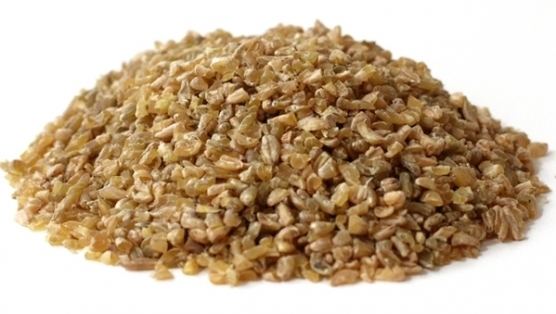
Freekeh stuffed chicken the egyptian national dish recipe 135
History
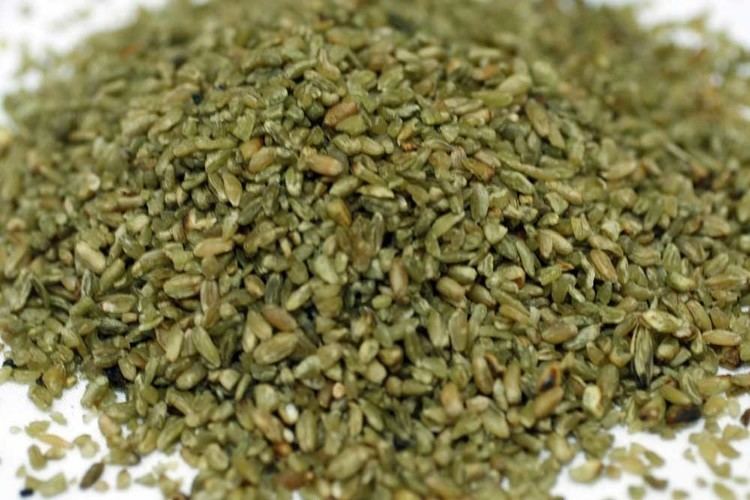
Freekeh is mentioned in an early thirteenth-century Baghdad cook book as farīkiyya. In that recipe, meat is fried in oil and braised with water, salt, and cinnamon bark. Then, dried coriander is stirred in with young wheat ("freekeh") and is cooked. Finally, the meal is served with cumin, cinnamon, and fresh lamb tail fat.
Culinary
In Egypt, freekeh is served as ḥamām bi’l-farīk (pigeon stuffed with green wheat). Freekeh also is prepared in Egypt with onion and tomato, and sometimes, with chicken. Shūrbat farīk bi’l-mukh is a freekeh and bone marrow soup from Tunisia. Freeket lahma, a green wheat pilaf dish with roasted lamb, spring peas, and pine nuts, comes from Jordan, and shūrba al-farīk is a Middle Eastern soup with green wheat and chicken.
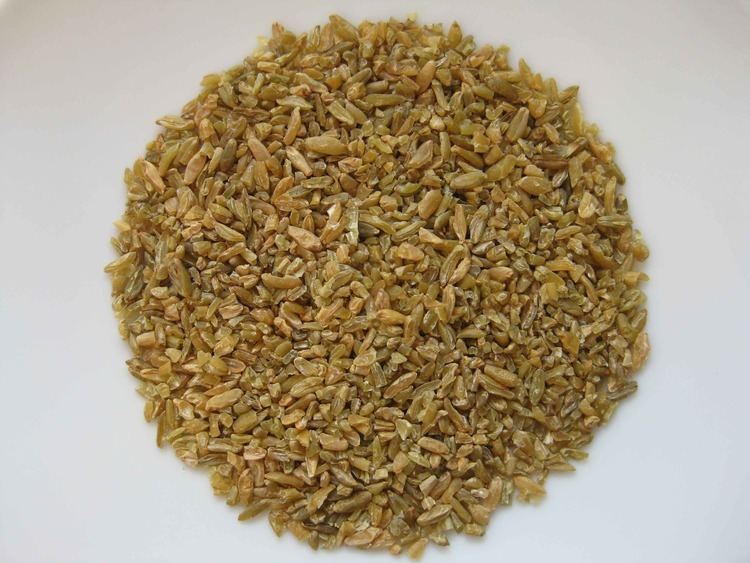
In Syria, freekeh usually is prepared with lamb, onion, butter, almonds, black pepper, cinnamon, cumin, and salt. It is also part of Palestinian and Jordanian cuisine.
In Tunisia and Algeria, freekeh is usually prepared as a main ingredient in a tomato-based soup called "chorba't frik", which is considered a traditional national dish.
Nutritional value
Freekeh's nutritional attributes are comparable to other cereal grains, especially durum wheat, from which it is derived, depending on the durum cultivar. Durum is notable for its high content of protein (20% or more of the Daily Value, DV), dietary fiber, B vitamins, and several dietary minerals, especially manganese (143% DV) (table). Before roasting, freekeh is 11% water, 71% carbohydrates, 2.5% fat, and 14% protein (see table displayed at right).
